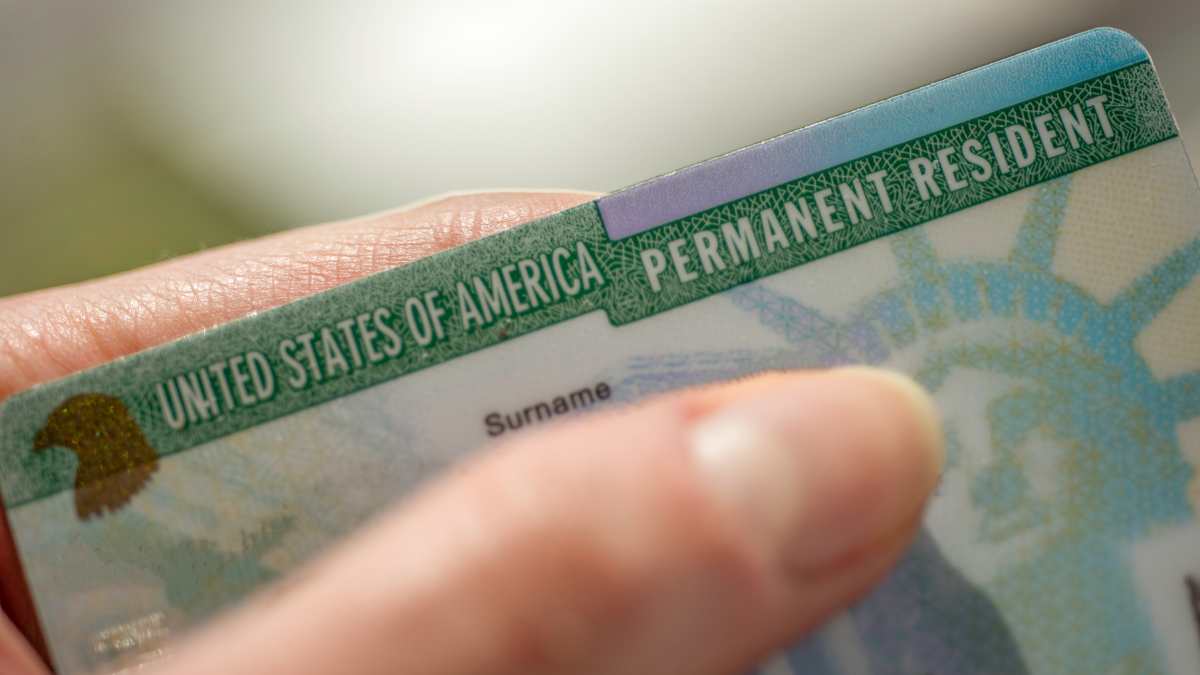Amidst the surge in raids and detentions of illegal immigrants in the United States, the curiosity surrounding the processes to obtain a Green Card, or legal resident card, has heightened among the foreign population. When someone decides to apply for a Green Card, there are several essential steps to follow. Initially, the individual must verify if they meet the necessary requirements.
Most applicants seeking a Green Card need to complete at least two forms: an immigrant petition and the Form I-485, which is the application for permanent residence. Typically, this application must be submitted by a sponsor or petitioner on behalf of the applicant. However, in certain cases, a self-petition is possible.
Title: Understanding the Green Card Journey: A Guide for Immigrants
The process of receiving a Green Card can span several months, though some categories may receive approval more swiftly. According to USCIS, the timeframes for obtaining a Green Card vary depending on the manner of entry into the country. The official website outlines three specific scenarios:
- Family-based petitions
- Employment-based petitions
- Other special categories
Understanding these categories and the associated timelines can help applicants better navigate the often complex journey toward permanent residency in the U.S.
Other Types of American Visas
Non-immigrant visas are temporary permits for individuals seeking to enter a country for specific, short-term purposes. Common types include tourist visas (e.g., B-1/B-2 in the U.S.), which allow leisure travel or business meetings; student visas (e.g., F-1 or M-1), enabling enrollment in academic or vocational programs; and work visas (e.g., H-1B, L-1, or J-1), designed for skilled professionals, intracompany transfers, or cultural exchange participants.
Other categories include transit visas for brief stopovers, diplomatic visas for government officials, and temporary worker visas for seasonal or project-based employment. These visas typically require proof of intent to return to the home country after the visa expires, such as ties to family, employment, or property.
Immigrant visas, in contrast, grant permanent residency (e.g., a “green card” in the U.S.) to those intending to live and work indefinitely in a host country. Family-sponsored visas are available for relatives of citizens or permanent residents, such as spouses, parents, or siblings (e.g., IR or F categories).
Employment-based visas (e.g., EB-1 to EB-5 in the U.S.) cater to individuals with exceptional skills, investors, or workers in high-demand fields.
Humanitarian visas, like refugee or asylum status, protect those fleeing persecution, while diversity visas (e.g., the U.S. Diversity Visa Lottery) allocate slots to underrepresented countries. Immigrant visas often involve lengthy processing, strict eligibility criteria, and background checks.
Successful applicants gain rights to reside, work, and eventually apply for citizenship, depending on the host nation’s laws.




